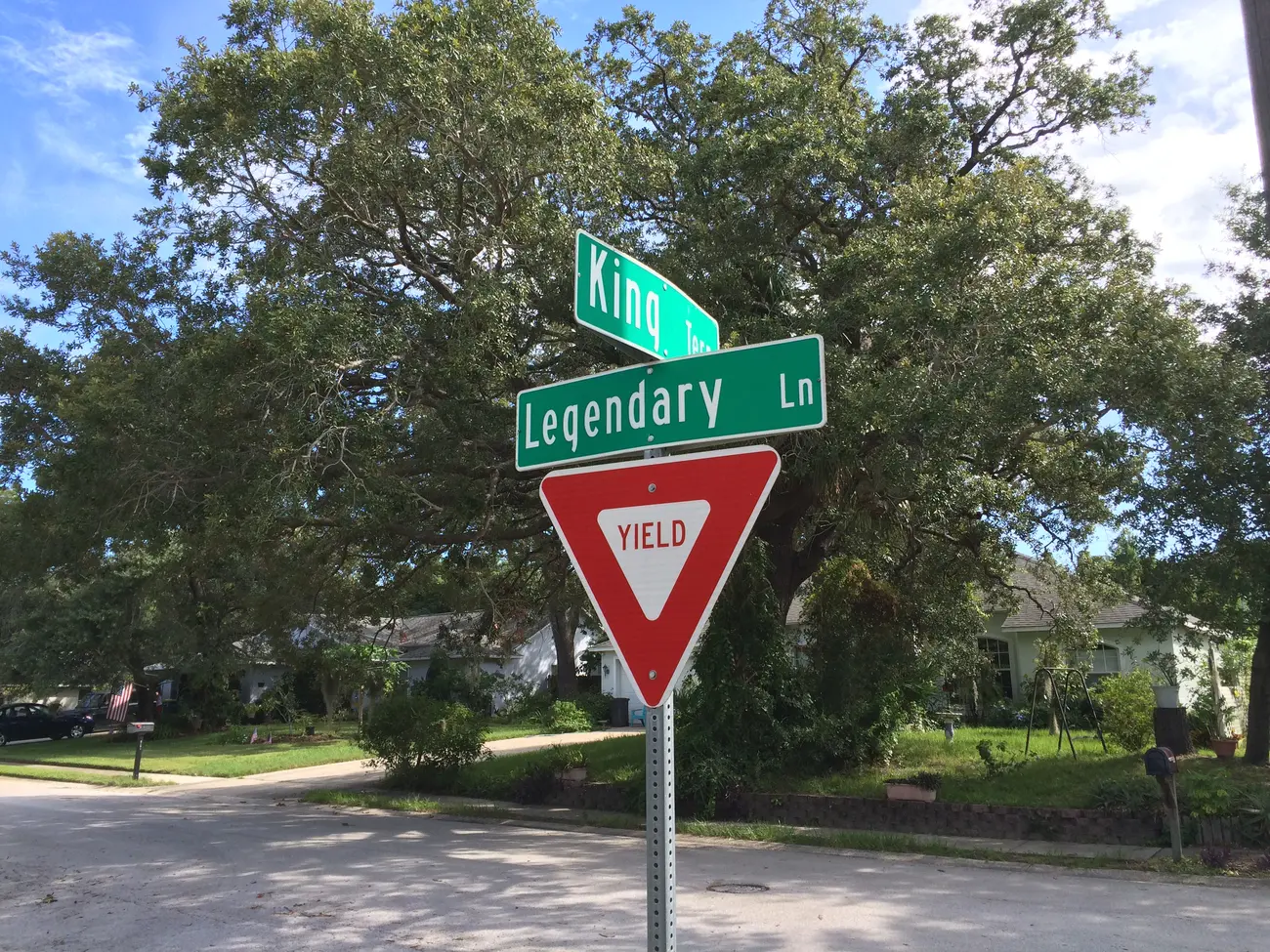There were more cases of lynching per capita in Florida, between 1900 and 1930, than in any other state.
Alabama and Mississippi had more total cases of lynching during this period, but Florida was the statistical leader based on population.
A 1993 study indicates that between 1882 and 1930, one out of every 1,250 African Americans in Florida was lynched. A black person was almost twice as likely to be lynched in Florida as Georgia, and seven times more likely in Florida than in North Carolina.
The last known lynching in Brevard County happened in the summer of 1926. It was the third lynching of a black man in the area in two months. The victim’s name was James Clark, and a photograph of his lynching was made into a postcard.
An article about the murder appeared in the Tuesday, July 13, 1926 edition of the Cocoa Tribune newspaper.
“It is said that the negro had been arrested Sunday for an attempted attack on a white girl of Eau Gallie, and that he was on his way, about 7:00 o’clock that evening, with the chief of police to Titusville for safe keeping, when the officer was over-powered by masked men,” the article states. “The man was whisked away, the body being found the next morning.”
There was no attempt to find out who had murdered Clark before he could be tried for his alleged crime in a court of law. The article states only that it was determined that Clark was, in fact, dead.
“A coroner’s jury was empaneled Monday morning to view the remains of a negro man, who was found three miles north of Eau Gallie Monday morning,” the Cocoa Tribune printed. “The jury’s findings were that the man, James Clark, came to his death by being hanged from a tree and riddled with bullets.”
On January 15, 1989, the Orlando Sentinel revisited what was then a 63-year-old case. At that time, there were still people alive who had information about the lynching.
A.T. Rossetter was a municipal judge in Eau Gallie for 25 years before the town merged with Melbourne in 1969. He was 18 when the Clark lynching took place.
“Back in those days, the sheriff’s office and those people never cared much about it, the hanging,” Rossetter told the Sentinel. “They never investigated it. I didn’t believe anybody could be that cruel.”
On July 11, 1926, Clark was working as the chauffeur of a traveling salesman who was staying at a hotel in Eau Gallie. The 10-year-old daughter of the hotel owner was allegedly raped by Clark, who was arrested for the crime. A “black preacher” was said to have witnessed the attack on the girl.
“Rape was a lot worse crime back then,” said W. Lansing Gleason, who had been mayor of Eau Gallie from 1929 to 1942. He was 89-years-old when interviewed by the Sentinel. “The thinking was, anybody that did anything like that ought to be hanged.”
Word quickly spread that a lynching was planned, so Clark was to be moved to Titusville to await trial. Rossetter was standing in front of the pool hall, across the street from the alley leading to the jail.
“I saw the chief of police come out of the alley in the car, and the colored man was in the car,” Rossetter said.
Ten men ran out of the pool hall and jumped into two cars, chasing the police car. Half an hour later, the sheriff returned to town without his prisoner.
“He said he was held up, and they took his gun away from him and they took the colored man away from him, so he just came on back to town,” said Rossetter. “Of course, the next day he had his gun back on.”
The site of the lynching, near Parkway Drive and U.S. 1, was named Lynching Tree Drive until 1980, when the name was changed to Legendary Lane. The tree is long gone.
Former Brevard County Commissioner Joe Wickham was a teenager in 1926. “They were mean, some of those guys in those days,” Wickham told the Sentinel. “They just took the law into their own hands. It was sad. Very sad.”
